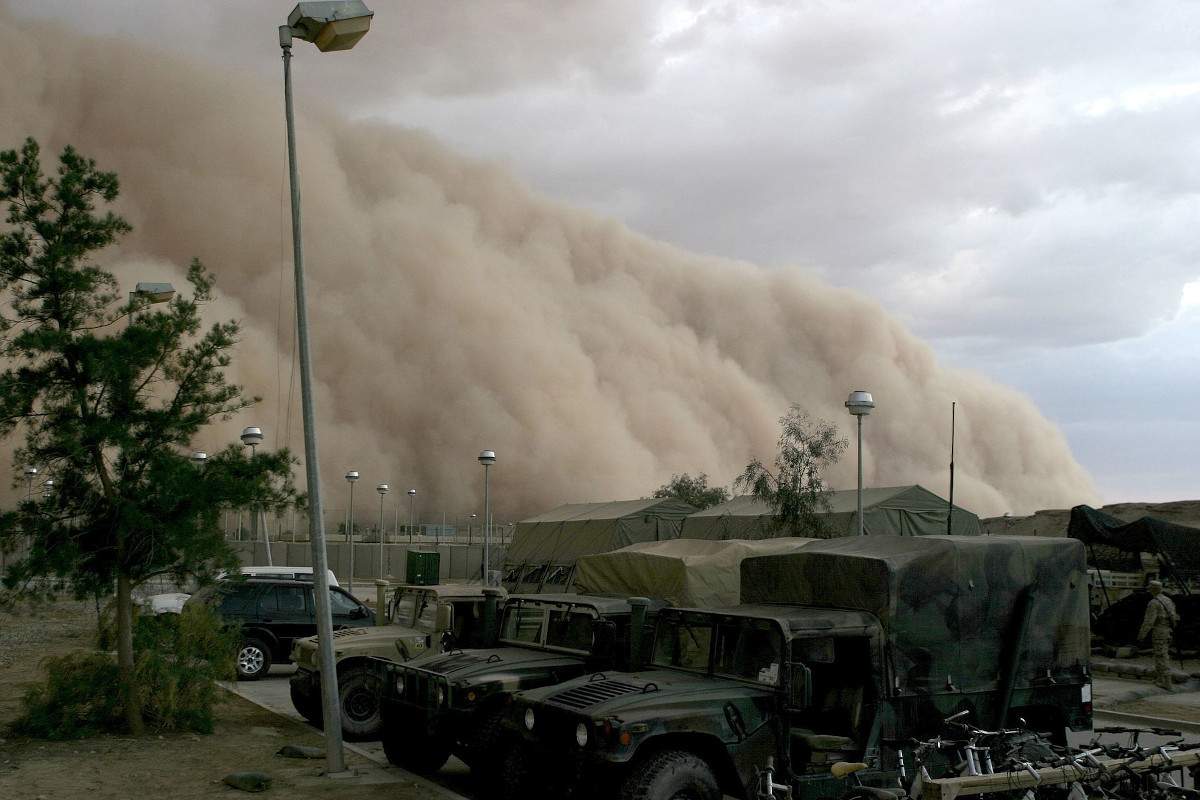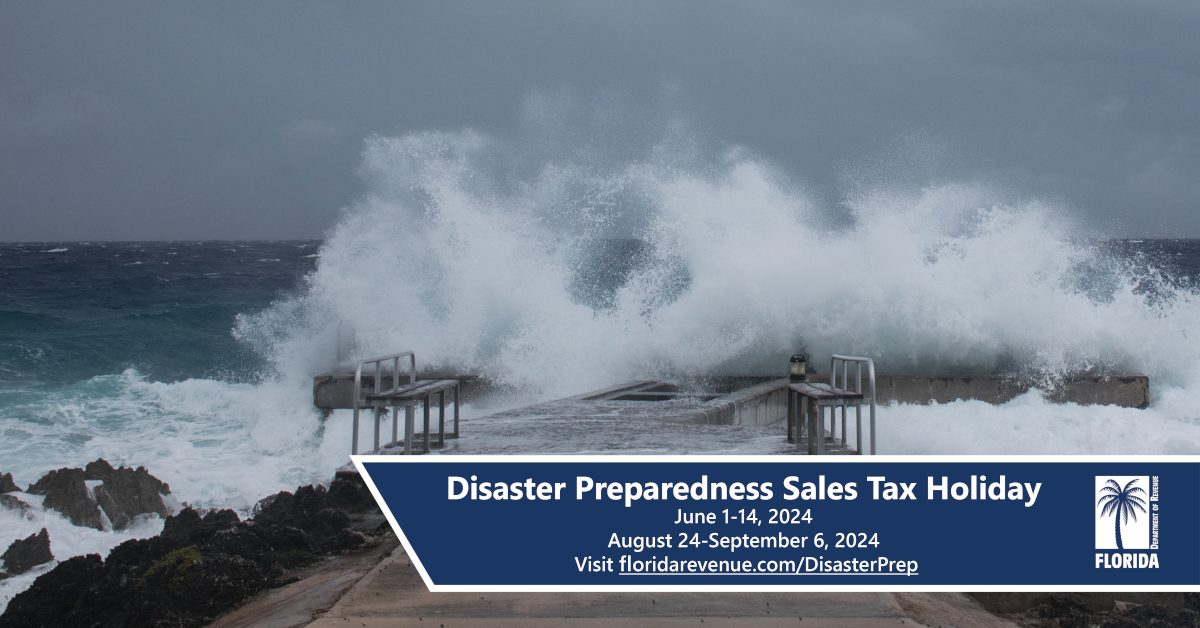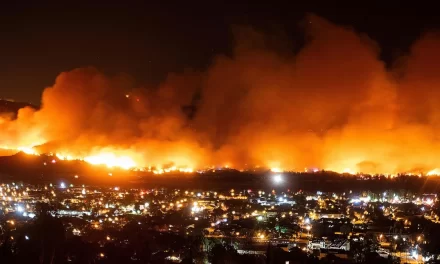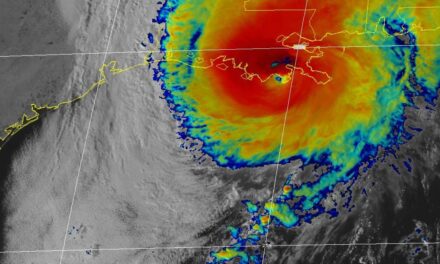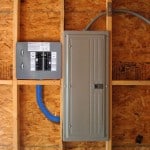A dust storm reduces visibility over Sidney Harbor in 2009 Photo by Mrcricket48 via Wikipedia
Dry Dusty Air and Wind Shear Prevent Hurricane and Tropical Storm Development
News of the Godzilla Cloud, a large cloud of dust from the Sahara Desert, has the United States shaking its head. Following the pandemic and widespread unrest, some worry the dust cloud brings more trouble. The Sarharan Air Layer, or SAL, hasn’t garnered a lot of attention in the past. However, in 2020 the cloud is much larger and denser than usual.
Dust storms originating in the Sahara Desert contribute dust to the atmosphere. Global wind patterns take the dust out over the Atlantic where it may spread to the Caribbean, Gulf of Mexico, and Central America. This year, some dust may impact the United States, but not to the degree as anyone living where dust storms are common.
Tropical activity ceased this week following the formation of Tropical Storm Dolly. Dry dusty air over the Atlantic Ocean coupled with moderate to strong wind shear virtually eliminates any tropical development. The reprieve probably won’t last more than a week or two. Forecasters are watching the Gulf of Mexico for possible development next week or over the Fourth of July weekend.
Effects on the 2020 Atlantic Hurricane Season
A dust storm known as a Haboob approaches a military camp in Al Asad, Iraq.
DoD 2005 Photo by Corporal Alicia M. Garcia, USMC
Although the Sarharan Dust Cloud put a temporary hold on tropical development, that isn’t necessarily a good thing. Accuweather has adjusted its forecast upward for the 2020 hurricane season. The outlook now includes up to 20 named storms, 11 hurricanes, and 6 major hurricanes. As many as six tropical systems could have impacts on the U.S. Mainland.
Did You Miss Hurricane Preparedness Week? It’s Not Too Late to Prepare
Ocean heat fuels tropical cyclones. Water molecules near the surface absorb heat and evaporate, taking the heat with them. When the water condenses into rain, it releases the heat into the atmosphere. Hot, humid air may linger for days after a hurricane or tropical storm passes.
The lack of tropical development this week and next gives the ocean water time to absorb more heat. This could fuel more storms or help to strengthen them once development starts again. It could, in theory, push the season peak ahead a few weeks or extend the peak period by a week or more.
Hurricane Preparedness Continues Across South and East
The lingering pandemic adds another factor to hurricane season response. Spiking numbers in some states and regions indicate we haven’t seen the last of the COVID-19 virus. Varying degrees of social distancing measures for most of the country raise concerns about disaster response efforts.
How do public shelters accommodate so many people in an enclosed space without compromising safe health practices? Limiting exposure to other people is a big part of avoiding the COVID-19 virus. That isn’t possible in a public shelter where the most vulnerable population often seek refuge.
The situation may force some people to weigh the risks if evacuation orders are given. Join the crowds at a local public shelter and risk contracting the virus. Prepare for the storm, stay home, and hope for the best.
Hurricane preparedness plans and actions can help homeowners survive. Home design and mitigation upgrades, disaster kits, food, water, and power options help homeowners ride out the storm and the days that follow.
Must Complete 10-Day Preparation List
Important: If you receive mandatory evacuation orders, prepare your home and and head inland to a predetermined location of your choosing where you can remain safe and sheltered until it is safe to return.
- Store 10 gallons of water per day, per person, for drinking and washing.
- Store 10 days-worth of nonperishable food.
- Keep vehicle gas tanks full.
- Store fuel for portable generators.
- Buy Generator Maintenance Supplies.
- Learn to do your own maintenance in case service dealers can’t reach you.
- Include pets and animals in your emergency disaster plan.
In a year of uncertainty, the Godzilla Cloud—courtesy of the Sahara Desert and the same weather patterns that bring us hurricanes and tropical storms—adds another reason to prepare and stay prepared for hurricanes and tropical storms.


